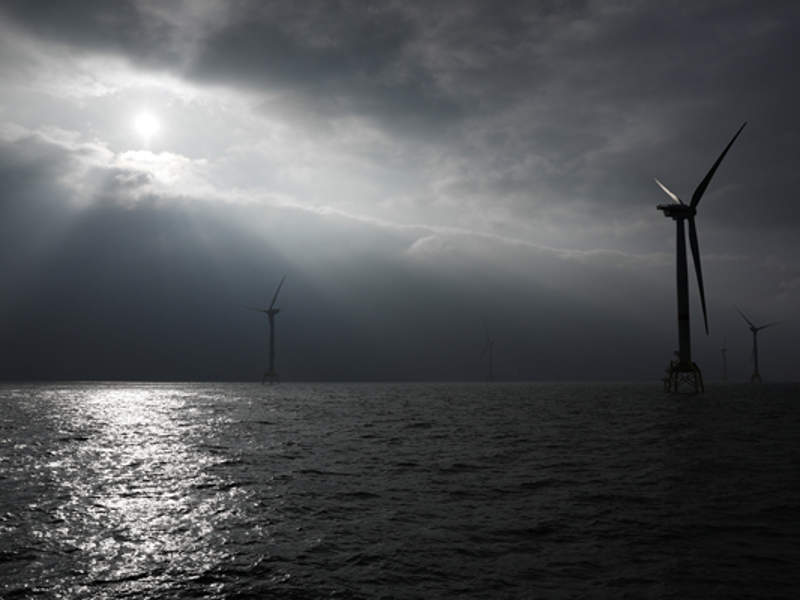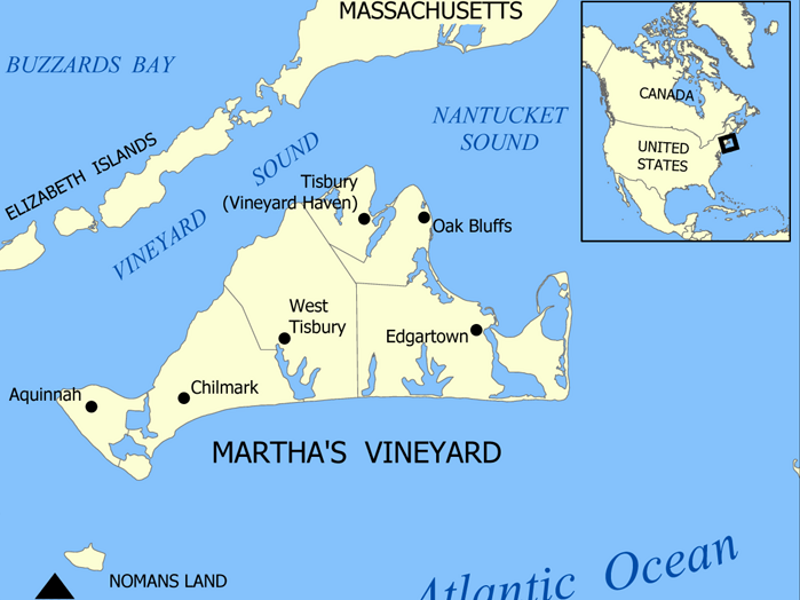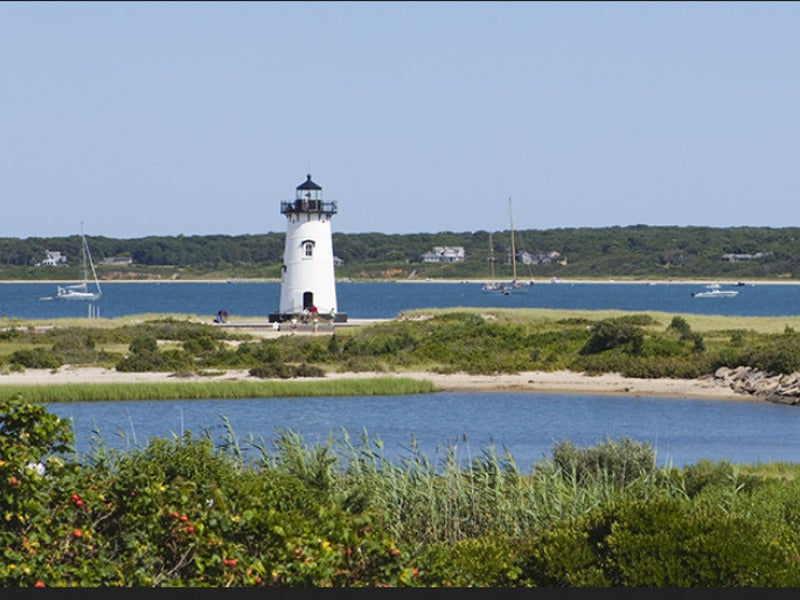Vineyard wind project will be developed approximately 23km off the southern coast of Martha’s Vineyard in Massachusetts, US. At 800MW, it is expected to be one of the biggest offshore wind power projects in the US.
The offshore wind farm is proposed to be developed by Vineyard Wind LLC, a 50:50 joint venture partnership between Copenhagen Infrastructure Partners (CIP) and Avangrid Renewables, an American subsidiary of Iberdrola.
The construction and operations plan (COP) for the Vineyard wind project was submitted to the Bureau of Ocean Energy Management (BOEM) of the United States Department of the Interior in December 2017.
Vineyard Wind hopes to begin construction on the project in late-2019, upon receiving final permits and approvals from federal, state and local authorities. Commercial operations of the wind farm are expected to begin by the end of 2021.
The project received permits for the construction and operation of transmission facilities from the Massachusetts Energy Facilities Siting Board (EFSB) in May 2019.
Vineyard wind project is inspired by “An Act to promote energy diversity”, an energy bill passed by the Massachusetts state legislature in August 2016 that envisages 1,600MW of clean and affordable offshore wind energy generation in the state by 2026.
Vineyard wind project site details
The Vineyard offshore wind farm is planned to be developed within 166,886 acres of BOEM lease area measuring 50km-long and 16km-wide in the Atlantic Ocean. The site is located offshore Martha’s Vineyard, an island located south of Cape Cod in Massachusetts.
The leased area enjoys high wind speeds, ideal seafloor conditions, and suitable water depths and offers multiple grid connection possibilities.
The wind farm will be developed in 306km² on the north-east portion of the lease area. The water depth at the site ranges between 35m and 49m.
BOEM approved the site assessment plan (SAP) for the offshore wind project in March 2018.
Vineyard Wind deployed Fugro’s Seawatch Wind Lidar (FLIDAR) buoy in the project site in May 2018 in order to gather high-precision critical data including that of wind speed at different heights, wave frequency, and ocean currents, which will help aid the final design of the wind farm.
Vineyard wind farm make-up
The Vineyard wind farm is proposed to use up to 106 wind turbines with a rated capacity between 8MW to 10MW each. With up to 180m rotor diameter and up to 121m hub height, the turbines will be mounted either on steel monopile or on steel jacket foundations. The turbines will be installed at a minimum distance of 1.2km from each other.
The electricity generated by the wind turbines will be transferred to electrical service platforms (ESP) via up to 275km of 66kV inter-array subsea cables. Proposed to be installed along the north-west edge of the wind farm, the ESPs will house step-up transformers (66kV to 220kV) and other electrical equipment.
The wind farm is proposed to include either two conventional electrical service platforms (ESP) with jacket foundation or two sets of two lightweight ESPs mounted on monopile foundation. Up to 15km of 220kV interlink cable will be laid to connect the wind farm’s ESPs.
Power transmission from Vineyard wind project
The electricity from Vineyard wind farm will be transmitted onshore via three 200kV export cables totalling up to 227km in length and buried up to 2.5m beneath the sea floor.
The landfall site for the offshore cable will be selected out of three already identified potential sites that include Covell’s Beach in Barnstable, New Hampshire Avenue in Yarmouth, and Great Island in Yarmouth.
The electricity will further be transmitted from the landfall site via an underground onshore cable connected to a new onshore substation in Barnstable, which will house up to four (220kV/115kV) transformers.
Electricity from the wind farm’s onshore substation will be evacuated to the national grid via subsequent interconnection.
Once brought on line, the Vineyard wind farm is expected to power more than 400,000 homes and businesses in Massachusetts, while offsetting 1.68 million tonnes (Mt) of carbon dioxide emissions a year.
Contractors involved
Fugro was awarded the marine geotechnical site investigation contract for the Vineyard wind project in October 2016.
Offshore Construction Associates (OCA) was awarded the installation management services contract, while Wood was appointed as the technical advisor for the project in May 2019.
Prysmian Group was contracted to design, manufacture, and install the subsea HVAC cable system for the project in May 2019.





